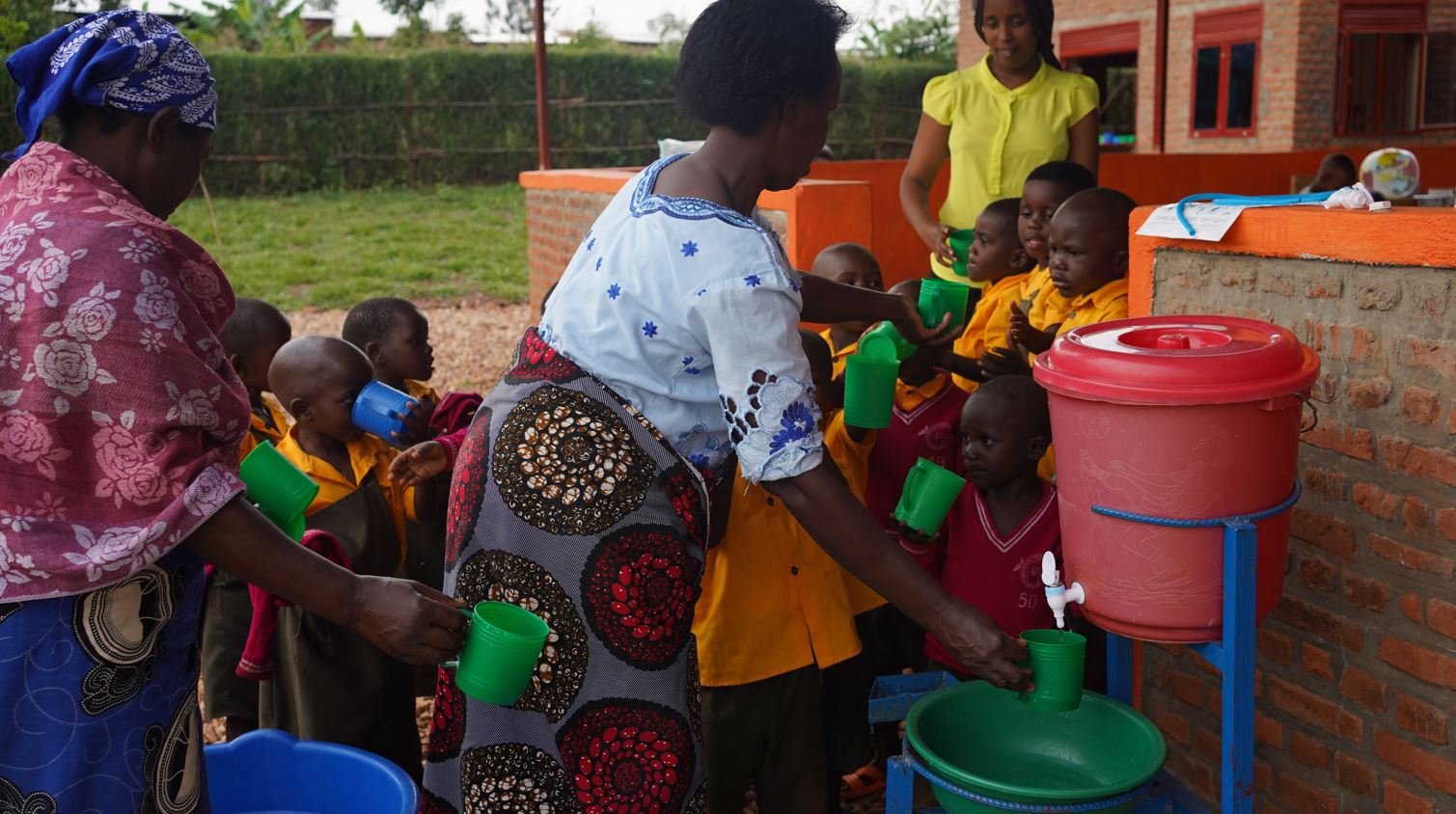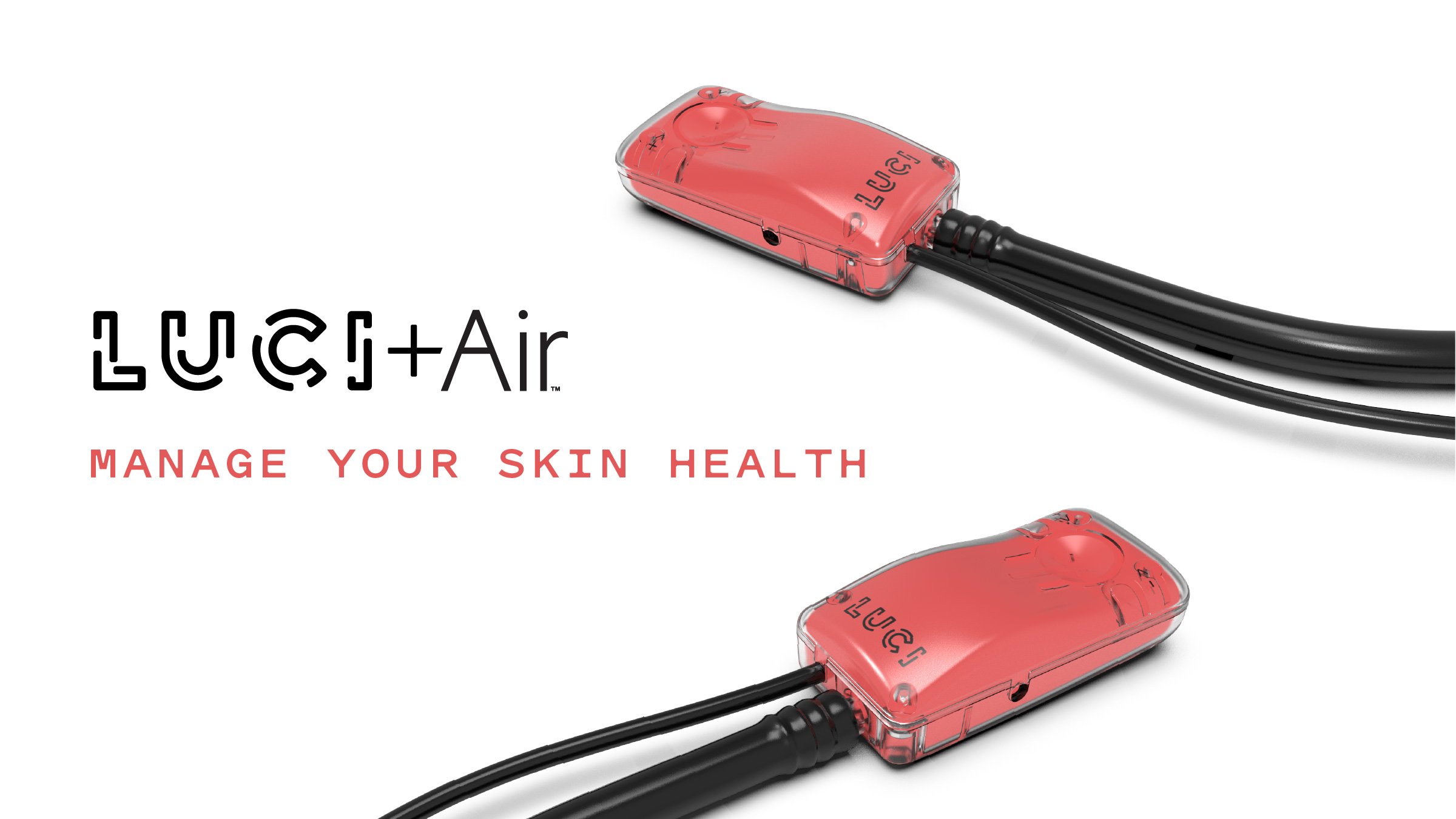By Jensen Werley – Reporter, Denver Business Journal
Sep 17, 2021
A Denver product development firm has partnered with a Denver-area entrepreneur to invent and produce a new medical device that gives health care providers quick access to their tools.
LINK Product Development worked with Dr. Jack Nguyen, a Denver-based dentist and founder of The Quick Company, to bring a concept designed by Nguyen to life. A full-service product design firm, LINK handles everything including ideation, industrial design, market analysis, feasibility studies, engineering, prototyping and working with manufacturers.
Together, Nguyen and LINK developed the Microtray, a small, molded plastic tray that adheres to surgical gloves and allows medical professionals quick access to tools used during procedures. The Microtray is initially being marketed for dentists and dental assistants.
“It had to be flexible because the hand is not static,” Marc Hanchak, founder of LINK, said of the design the firm settled on for the Microtray. “It had to contour to different-shaped hands and hold a variety of dental tools, gauze and mixing wells.”
LINK developed dozens of prototypes, watching Nguyen manipulate tools to see what might work best in a way that would work for either hand and any-sized hand. Eventually, the team settled on a small diamond-shaped tray with holders for various tools that can adhere to a dentist’s glove.
When LINK works with an inventor, as the design evolves, the firm works with local patent attorneys. The design can be patented if it's novel — and a person might approach LINK with one use in mind, but the design can be patented for additional uses if that comes up. But the client retains 100% of the intellectual property, Hanchak said.
The Microtray is now in the early stages of production. Hanchak said an important tenet of LINK is to bring manufacturing back to Colorado. He said that the Microtray is being injection-molded in the U.S. and that the application of the adhesive backing and packaging is being done in Colorado through Nguyen’s company. As for commercialization, Nguyen said in an emailed statement that they are using small-batch distribution for now and anticipate moving toward large-scale sales efforts in the next two to three months.
“Our state is second to none,” Hanchak said of Colorado and why it was so important to the company to bring manufacturing here. “There’s such a deep history of manufacturing in this state. There’s an amazing talent pool to get things mass-produced. We’re a great alternative for someone who is looking to onshore their manufacturing.”
















































